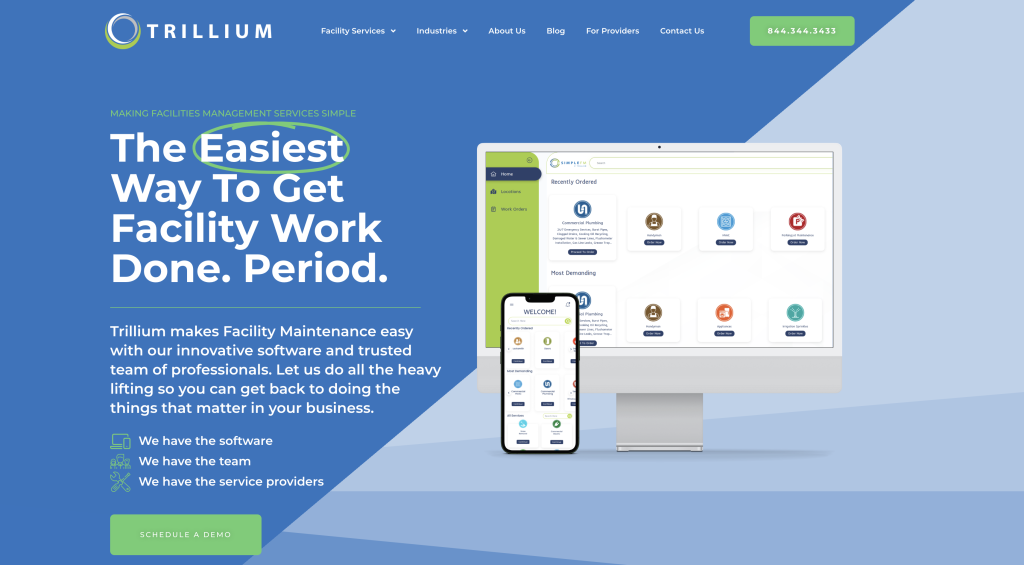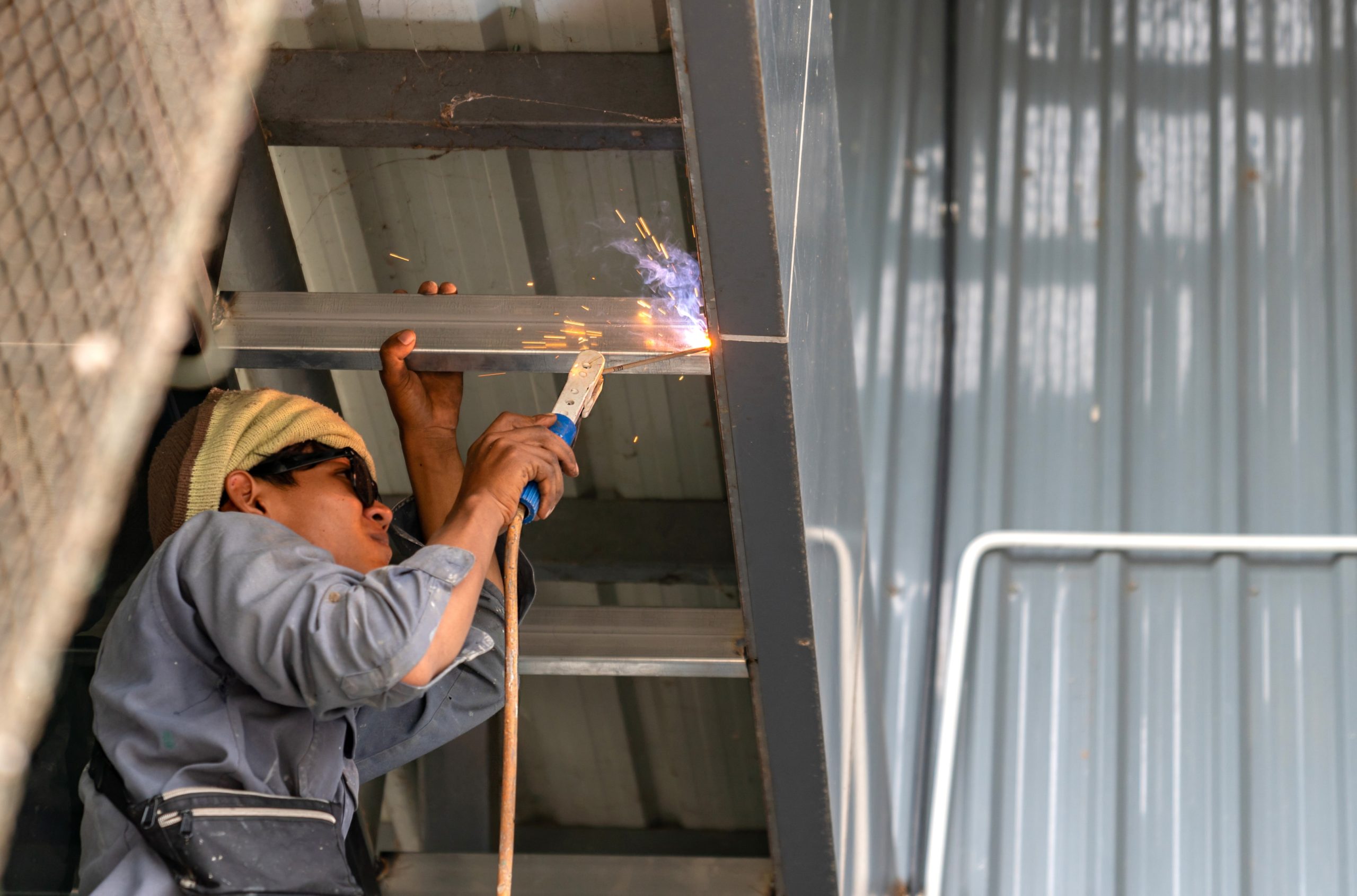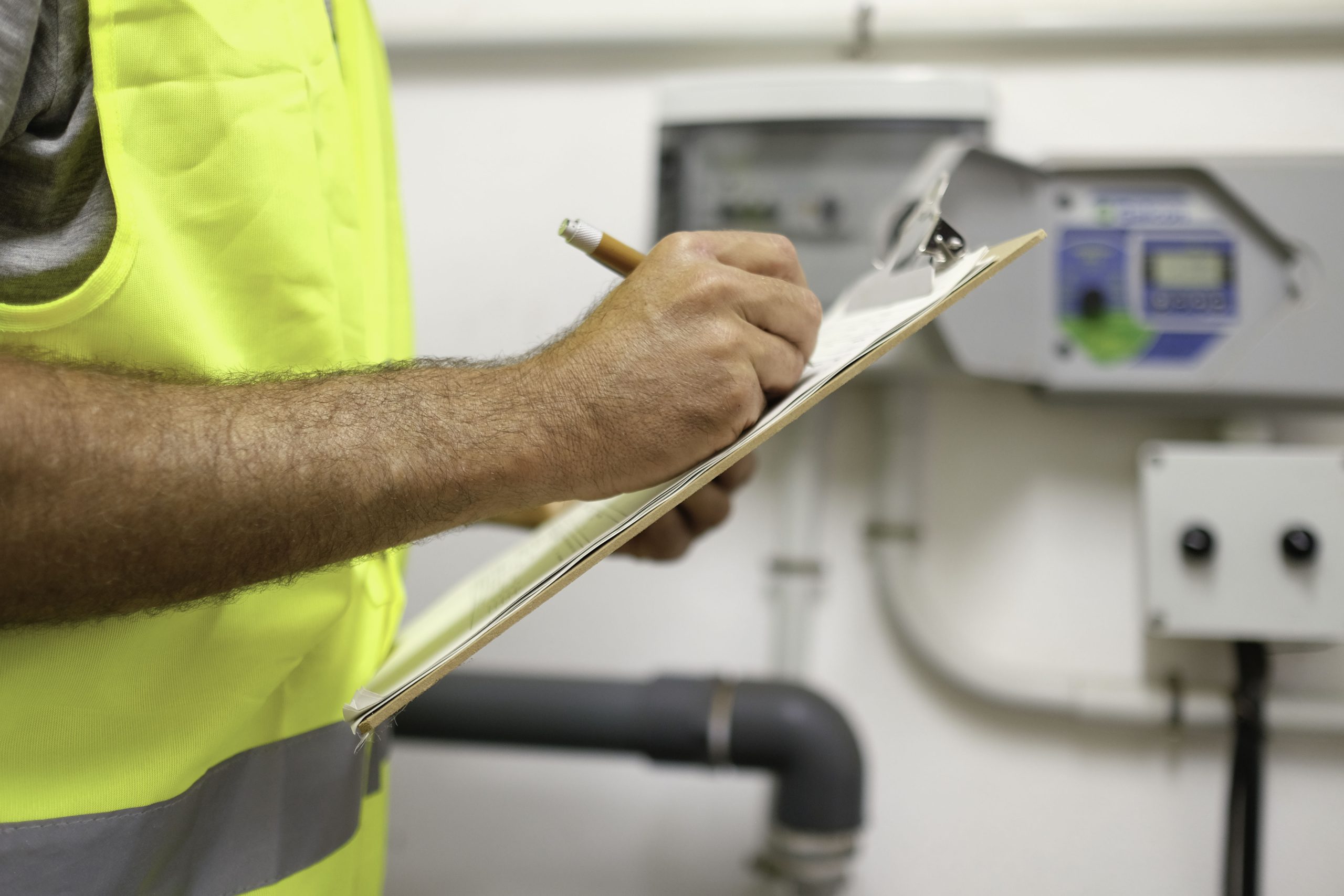Tenants don’t care what happens behind the scenes until something breaks. When it does, the pressure’s on you.
Commercial property facilities management means coordinating moving parts across multiple buildings, systems, and teams. There’s always something on your plate, from repairs and compliance to vendor relationships and budgeting.
This article explains ten practical solutions to help facility leaders run leaner, faster, and more reliable operations.
What Falls Under Commercial Facilities Management?
Commercial facility management covers everything from HVAC failures to compliance checks. One minute you’re juggling contractor schedules. Next, you’re answering tenant complaints or reviewing invoices that seem to grow out of nowhere.
Facility managers are expected to handle:
- Scheduling maintenance
- Coordinating with preferred suppliers
- Keeping assets in decent shape
- Managing vendor paperwork and deadlines
- Responding to sudden repairs and safety issues
- Balancing costs while still hitting operational goals
It’s a lot, and it doesn’t slow down.
Successful teams usually focus on delivering solutions instead of constantly reacting to problems. Whether you’re responsible for one site or multiple locations, you need a structure that gives you space to think ahead.
Are Commercial Buildings Harder to Manage Than Other Properties?
Yes, they are. Commercial buildings have more systems, more people, and more demands than residential or smaller properties.
You’re responsible for:
- High-capacity HVAC units
- Complex lighting and electrical systems
- Elevators and fire suppression equipment
- Larger square footage and heavier foot traffic
These buildings also come with stricter compliance requirements and higher safety expectations. When something breaks, it can interrupt operations and drive up costs.
Retail properties need frequent upkeep to stay clean and functional. Offices expect steady climate control and secure access. In both cases, the role goes far beyond basic repairs. You’re planning ahead, coordinating vendors, and keeping everything moving without throwing off the daily routine.
Then, there are critical operating environments like healthcare facilities or data centers. These demand even more structure and care because delays can create real risk.
Managing commercial spaces calls for a comprehensive approach that aligns systems, vendors, and internal teams. It’s a heavier lift, but it’s doable with the right tools and processes behind you.
10 Ways to Make Commercial Facility Management Easier
Managing a commercial property is hard enough. These strategies help simplify the work, cut down on delays, and keep buildings in solid shape without burning out your team.
1. Use Preventive Maintenance to Support Asset Management
Fixing equipment after it breaks is expensive. Preventive maintenance helps, well, prevent system failures before they cause disruptions. Prioritize HVAC, lighting, fire protection, and plumbing. Tracking this over time improves visibility and supports stronger asset management decisions.
2. Set Up a Work Order System That Tracks Everything
Managing requests through texts or emails causes delays and missed tasks. Work order software keeps everything in one place. Facility teams can track progress, follow up with vendors, and respond faster without losing time to manual coordination.
Work order software like Trillium is especially helpful when managing multiple locations.
3. Add Smart Monitoring to Spot Issues Early
Sensors and monitoring tools give you real-time data on leaks, temperatures, humidity, and more. They flag issues before tenants report them. This is highly useful in properties where uptime matters and supports better energy consumption tracking across buildings.
4. Build a Reliable Vendor List
The quality of your vendors determines how fast problems get solved. Whether you work with a large team or handle it solo, having dependable preferred suppliers means fewer delays. Keep contact details, licenses, and service histories updated so you can assign work easily.
5. Track Equipment and Replacement Timelines With Facility Management Services
Without records, you can’t know when something is costing more than it’s worth. Digital logs help identify which assets need frequent repairs and which should be replaced. This helps you balance upfront costs with long-term stability and makes planning easier.
6. Upgrade for Energy Efficiency and Water Savings
Installing motion-sensor lights, smart thermostats, and low-flow fixtures can reduce utility bills and improve building performance. These changes support water conservation and help drive measurable efficiency gains across your portfolio.
7. Set Janitorial Standards Across Properties
Clean spaces make a difference, but expectations vary. Standardized janitorial checklists keep quality consistent. This matters especially in public-facing areas where employees expect clean break rooms, restrooms, and entryways.
8. Prepare for Emergencies Before They Happen
You don’t want to start planning during a crisis. Have emergency contacts, floor plans, and response procedures documented and accessible. Properties in critical operating environments need this level of preparation at all times to protect people and equipment.
9. Monitor Budgets and Vendor Costs Regularly
Spending can spiral when it’s tracked manually. Budgeting tools help property teams tag expenses, compare quotes, and spot areas where they can reduce costs. These systems also help support compliance and financial reporting across larger real estate portfolios.
10. Give Tenants a Way to Submit and Track Requests
If tenants have no visibility into request status, they get frustrated. A basic service portal makes it easy for them to report issues, get updates, and feel heard. Clear communication keeps relationships strong and helps prevent miscommunication.
Should You Work With a Facilities Management Company?
Handling everything in-house can work at first, but as the workload grows, getting help can save you time.
Facilities management companies offer specialized facility management services that cover scheduling, dispatching, reporting, and compliance. For teams without the staff or systems to manage those areas well, outsourcing can keep buildings operating without constant interruptions.
This is especially useful if you:
- Manage a high volume of service requests
- Oversee multiple locations or a growing real estate portfolio
- Need support with budgeting, permits, or contractor oversight
- Want your in-house team to focus on other operational goals
Not every business needs full-time outsourcing. Some choose integrated facilities management partners for a hybrid model that fills gaps without replacing the entire internal team. The goal is to find strategic partners who match your workflow, not add more layers.
Trillium Makes Commercial Facilities Easier to Manage

Trillium gives facility managers a better way to manage service requests, vendors, and maintenance, without the markups, contracts, or platform fees. It acts like a command center, helping you stay organized, hit budget goals, and respond quickly when issues come up.
Teams with broad experience in facilities know how easily tasks pile up. Trillium simplifies the process so properties can run smoothly, whether you’re managing five locations or fifty.
Use Trillium to coordinate everything from HVAC to sidewalk repairs across 47 states. With access to 6,000+ vetted vendors in 58 trades, you can order what you need, when you need it.
There’s no software fee, no required volume, and no long-term contract. Trillium supports waste reduction, promotes energy efficiency, and protects your privacy practices while helping you scale operations with less stress.
Support is always available from real people, 24/7. Whether you’re juggling work orders or coordinating contractors, Trillium helps you get it done.
Want to manage more, spend less, and make your job easier? Start using Trillium today!
FAQs About Commercial Property Facilities Management
What is commercial facility management?
Commercial facility management refers to the day-to-day operations, maintenance, and coordination required to keep a commercial building functional and safe. This includes HVAC upkeep, janitorial services, vendor coordination, inspections, and more.
A good facility plan supports building management while helping teams stay organized and focused.
What are the four pillars of FM?
The four pillars of facilities management are people, processes, physical assets, and technology. Each plays a part in helping property managers support building operations while meeting performance, safety, and financial targets. Aligning these pillars helps teams drive efficiencies and maintain consistent service levels.
What is facilities property management?
Facilities property management involves the strategic and operational tasks needed to keep commercial properties running. While property management often focuses on leasing and tenant relations, facilities management covers everything tied to physical infrastructure, vendor work, and maintenance.
When done well, it supports sustainable improvement and helps improve performance over time.
How does commercial property management work?
Commercial property management involves overseeing one or more locations to make sure services are completed, repairs are handled, and buildings remain safe and compliant. This often includes working with vendors, handling tenant communication, and tracking maintenance logs.
A portfolio-wide approach allows managers to identify trends, reduce downtime, and meet real estate financial goals more easily.









